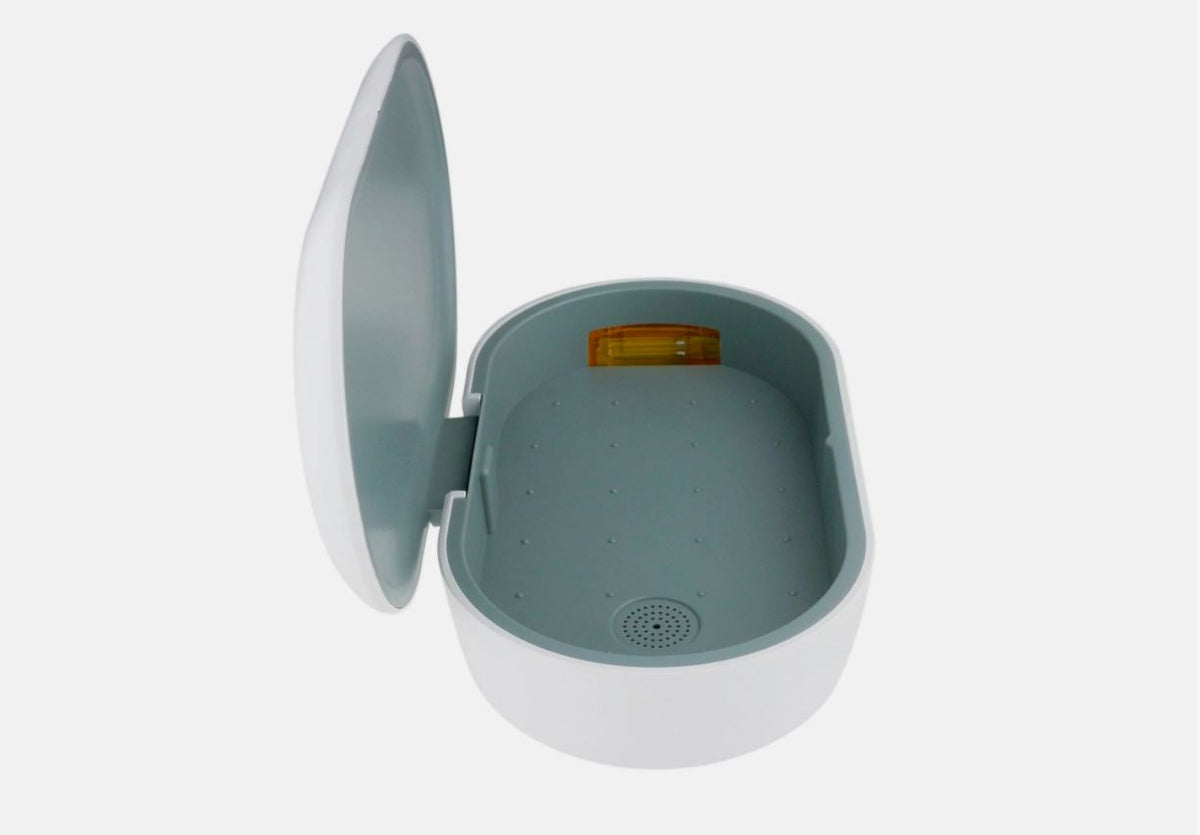
Creating a Health Fortress: Home Sterilization Methods
Maintaining a sterilized home environment is crucial for promoting health and well-being. Explore effective methods to sterilize your home, ensuring a clean and healthy living space for you and your family.
Understanding the Importance of Home Sterilization
Home sterilization plays a pivotal role in preventing the spread of illnesses and ensuring a safe living space. Understanding the significance of this practice is the first step toward creating a health fortress within your home.
Thorough Cleaning as the Foundation
The foundation of home sterilization lies in thorough cleaning. Before implementing sterilization methods, ensure your home is clean and free from visible dirt and debris. This prepares the space for more targeted sterilization efforts.
Disinfecting High-Touch Surfaces Regularly
High-touch surfaces are breeding grounds for germs. Regularly disinfect surfaces such as doorknobs, light switches, remote controls, and countertops. Using disinfectant wipes or sprays helps eliminate pathogens and reduces the risk of transmission.
Effective Air Purification Systems
Airborne contaminants can pose a threat to indoor air quality. Implementing effective air purification systems, such as HEPA filters or UV air purifiers, contributes to a sterile environment by capturing and neutralizing airborne pathogens.
Steam Cleaning for Deeper Sterilization
Steam cleaning is a powerful method for deep sterilization. It effectively kills bacteria and viruses on various surfaces, including floors, carpets, and upholstery. Incorporate steam cleaning into your routine for a thorough and chemical-free sterilization process.
UV-C Light for Targeted Sterilization
UV-C light has proven efficacy in sterilization. Use UV-C light devices to target specific areas and surfaces, such as bathroom fixtures, electronic devices, and commonly touched items. This method provides an additional layer of sterilization without the use of chemicals.
Chemical Disinfection with Safe Solutions
Chemical disinfection remains a widely used method for sterilization. Choose disinfectants that are effective against a broad spectrum of pathogens while being safe for household use. Follow the recommended contact time for optimal results.
Sterilizing Soft Surfaces with Laundering
Soft surfaces like bedding, curtains, and clothing can harbor germs. Regularly launder these items using hot water and appropriate detergents. This practice ensures that soft surfaces contribute to, rather than compromise, the overall sterilization of your home.
Personal Hygiene Practices for Prevention
Beyond the physical environment, personal hygiene practices are integral to home sterilization. Encourage proper handwashing, use of hand sanitizers, and the practice of good respiratory hygiene. These habits contribute to preventing the introduction of contaminants into your home.
Consistent Monitoring and Adjustments
Home sterilization is an ongoing process that requires consistent monitoring and adjustments. Stay informed about emerging threats and adapt your sterilization methods accordingly. Regularly reassess and enhance your strategies for a consistently sterile living environment.
Home Sterilization Methods: A Holistic Approach
Effective home sterilization involves adopting a holistic approach that combines various methods for optimal results. From cleaning and disinfecting surfaces to purifying the air and practicing personal hygiene, a comprehensive strategy ensures your home remains a bastion of health.
For more in-depth guidance on home sterilization methods and creating a healthy living environment, visit Home Sterilization Methods and discover valuable tips and resources for a thoroughly sterilized home.

